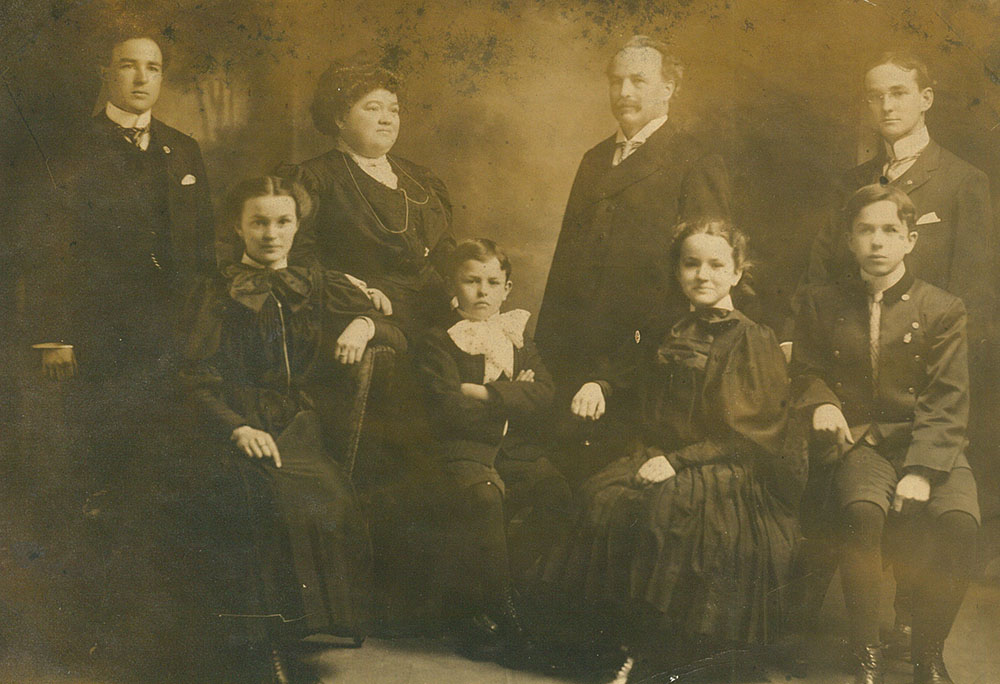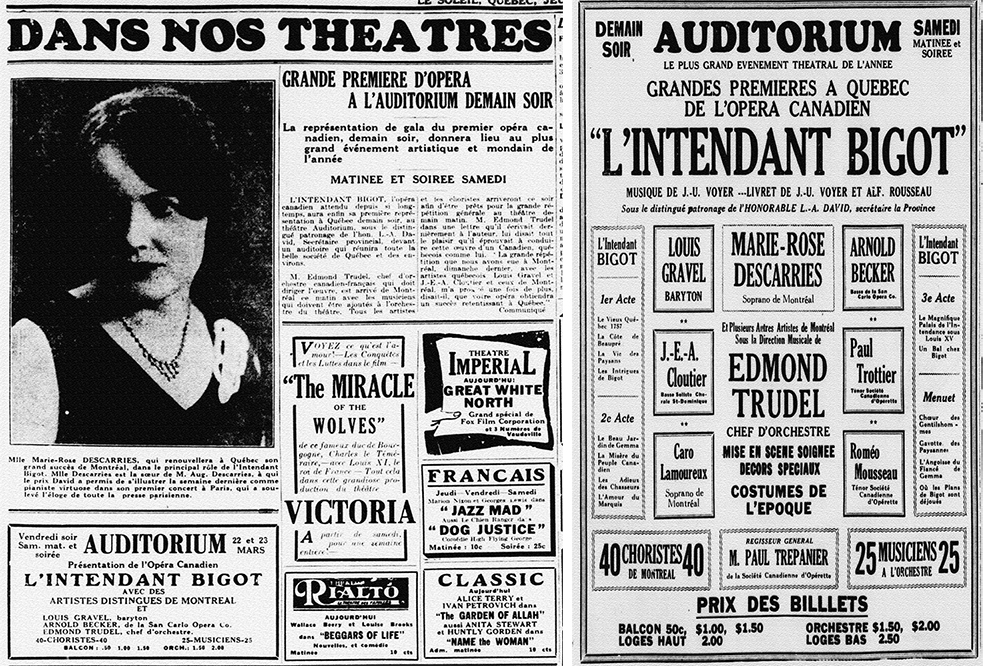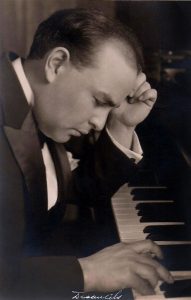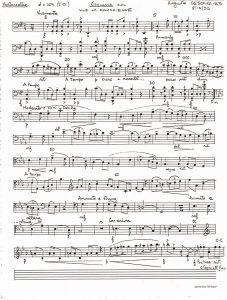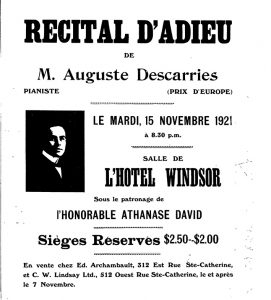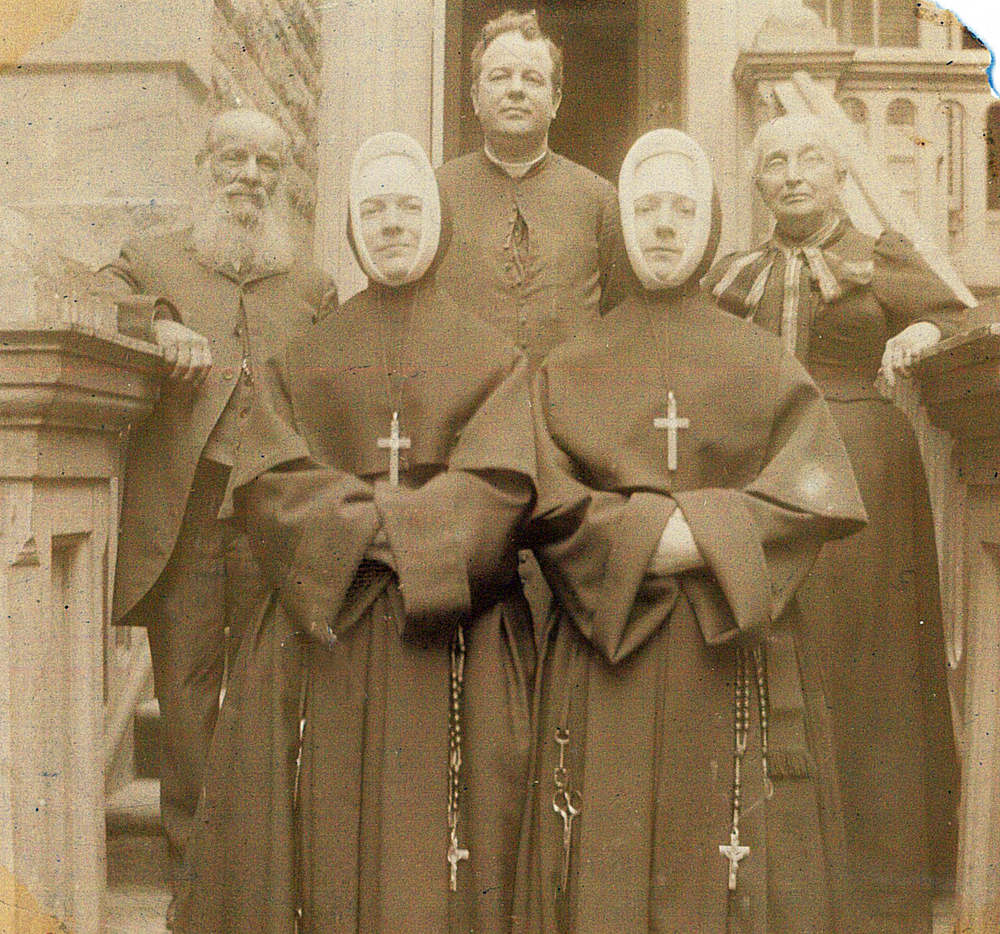Music at their fingertips
Music transmitted across three generations
It is likely that music entered the LePailleur residence through Alfred-Narcisse. We discovered in the archives of the Collège de Montréal that he was awarded an accessit when he was 18 (a school distinction awarded to the first runner-up for a prize) in musical accompaniment. His daughter Célina-Elmire quickly followed in his footsteps and began learning the piano with renowned pianist and organist Victoria Cartier.
In 1881, 21-year-old Célina-Elmire married Joseph-Adélard Descarries of Saint-Timothée, in the Montérégie. About ten children were born from their union. Among them, two followed in their mother’s musical footsteps.
To begin with, Marie-Rose became a soprano singer and music teacher. She also played the role of Gemma in the opera L’Intendant Bigot in 1929. A 78 rpm record immortalized her performances as a singer. She also participated in several radio programs such as Le coin du radiophile at the CBC.
Her younger brother Auguste started playing the organ when he was eleven years old. Although he later enrolled in law at Université de Montréal, music was his true passion. He therefore decided to study in this field and benefited from the teachings of some masters such as Rodolphe Mathieu, Jean Dansereau, Arthur Letondal and Alfred La Liberté.
After winning the Prix d’Europe in 1921, he went to Paris, where he studied with Russian musicians (including Sergeï Rachmaninov) until the end of 1929. Upon his return to Montréal, recitals and performances abounded. In 1933, he founded the Euterpe Chamber Music Society, which he directed for a time. He also began a career as music teacher at the Conservatoire de musique du Québec and taught music history at his alma mater, Université de Montréal, where he became associate dean of the Faculty of Music in 1951.
In addition to being a pianist, organist and teacher, Auguste Descarries was a prolific composer. Many of his melodies have songs or subjects that refer to his family (for example À ma chère cantatrice Marie-Rose, À nos chers grands-parents and Un rêve, dedicated to his wife, Marcelle Létourneau).
Although the members of the Descarries branch particularly distinguished themselves in music, they did not have the exclusivity of this vocation. Their aunt Marie-Philomène also taught singing and piano. Maurice-Alfred, grandson of patriot François-Maurice LePailleur, was also a musician. One thing for sure, music was always playing in the various households of the LePailleur family.


